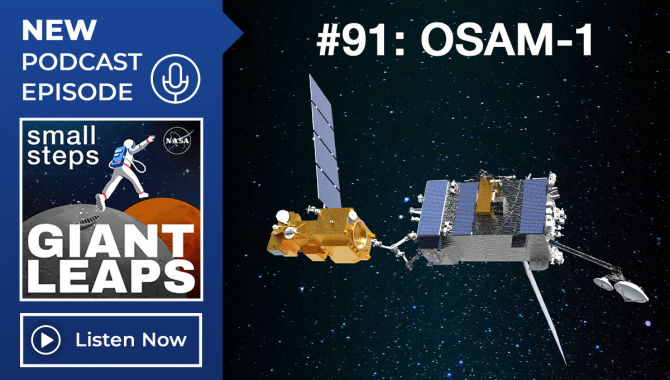
OSAM-1 Lead Systems Engineer Wendy Morgenstern discusses NASA’s On-orbit Servicing, Assembly, and Manufacturing 1 mission to robotically refuel a satellite that wasn’t designed to be serviced.

OSAM-1 Lead Systems Engineer Wendy Morgenstern discusses NASA’s On-orbit Servicing, Assembly, and Manufacturing 1 mission to robotically refuel a satellite that wasn’t designed to be serviced.
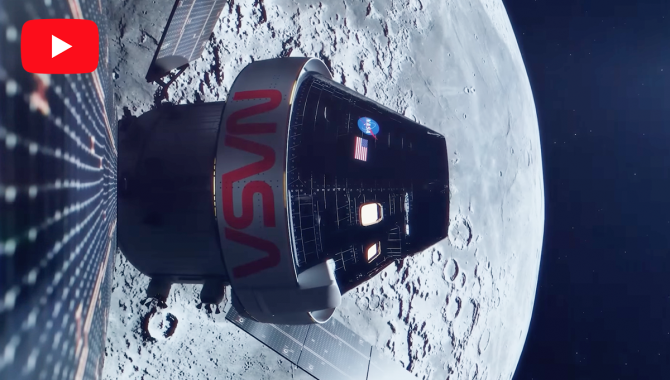
NASA has announced the selection of 13 regions near the Moon’s South Pole as candidate landing regions for Artemis III.
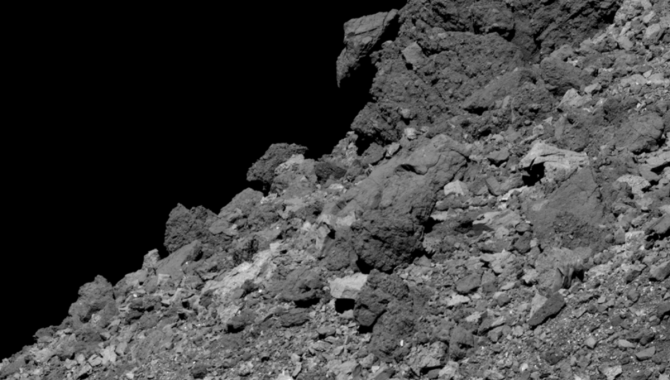
New surprises from smallest object NASA has ever orbited.
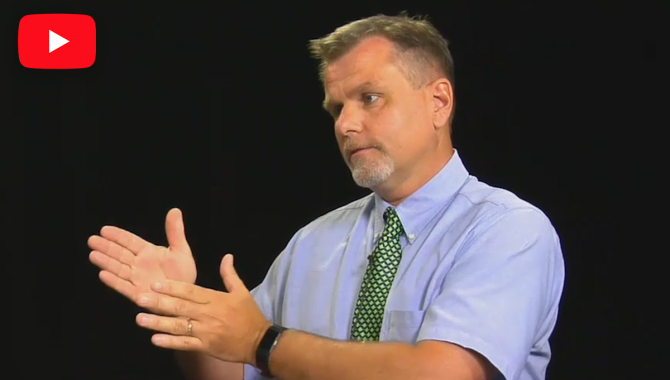
Small projects have unique characteristics that should be closely observed to help achieve a successful outcome.
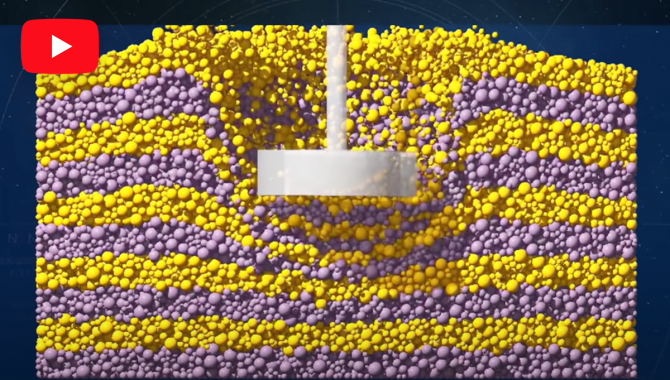
Scientists have used data from OSIRIS-REx to revisit the Touch-And-Go (TAG) sample collection event and better understand how Bennu’s loose upper layers are held together.
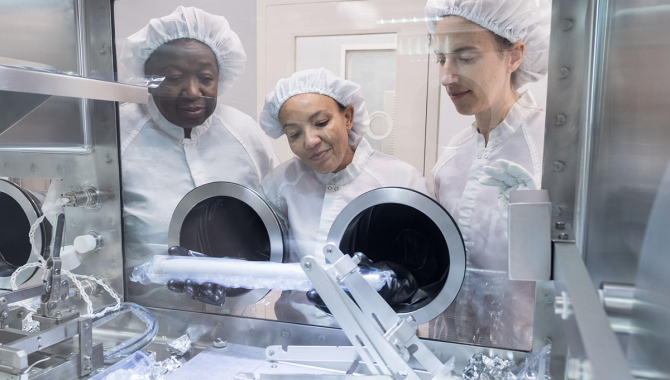
Researchers are examining lunar soil and rocks with new tools.
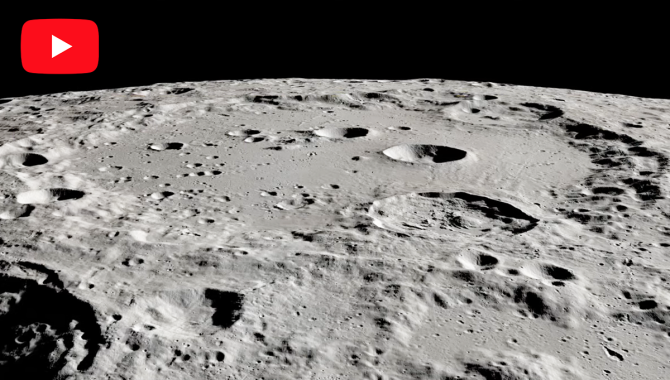
A look at the Lunar Reconnaissance Orbiter—one of NASA’s most valuable tools for advancing lunar science.
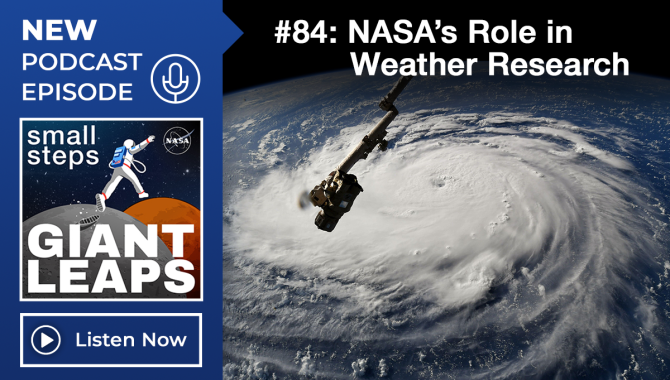
NASA’s Edward Kim and NOAA’s Pam Sullivan discuss NASA’s role in weather research.
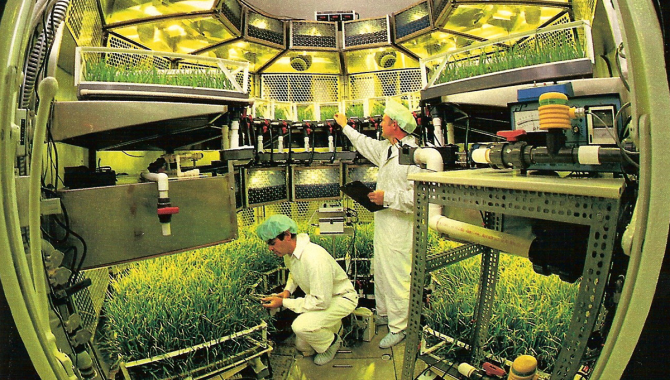
Publication highlights NASA technology improving life on Earth.